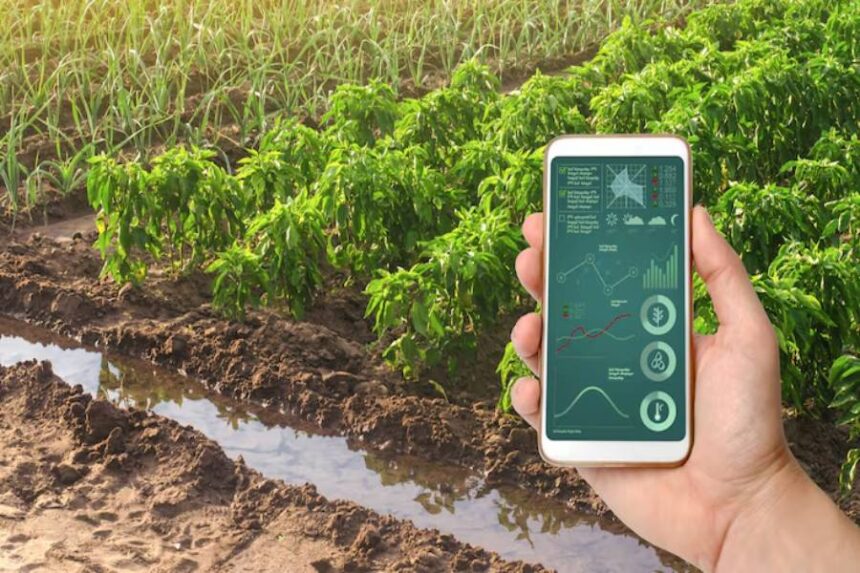Modern GPS technology has become an essential part of precision farming, helping growers to manage field operations efficiently and use every available resource as effectively as possible. Satellite navigation systems minimise losses, reduce costs, and increase farm productivity through precise machine positioning, optimised routing, and the automation of many processes. Discover FieldBee solutions — advanced technologies that already help farmers make fieldwork more profitable and sustainable. Below, we explore exactly which resources GPS helps to save in agriculture.
Seeds
GPS navigation ensures the precise placement of seeds in the soil according to pre-defined seeding patterns and sowing rates. With automatic implement width control, overlaps and skips are eliminated, which is particularly important during working on large or irregularly shaped fields. For hybrid or elite seed varieties, where seed costs are high, strict adherence to seeding rates allows farmers to save significant amounts. Additionally, even germination leads to uniform, healthy crop stands, improving yield potential and simplifying subsequent field operations.
Fertilisers and Crop Protection Products
GPS systems enable highly accurate calculation of fertiliser and chemical application volumes based on the specific characteristics of different field zones. This supports the adoption of variable rate application technologies, where doses are adjusted to match the actual needs of plants in each area. This approach not only saves costly agrochemicals but also protects the soil from excessive accumulation of substances, preserving long-term fertility.
Fuel
GPS navigation allows machinery to follow the most efficient routes with minimal overlaps and unnecessary turns. This is especially valuable during multi-pass operations where it is important to return precisely to the same track without reprocessing previously treated areas. By reducing unnecessary kilometres, fuel consumption is significantly lowered, engine and transmission stress is minimised, and CO₂ emissions are reduced, making farming more environmentally responsible and sustainable.
Time
Automated GPS steering significantly accelerates the completion of all field operations. Operators no longer need to correct constantly the course or monitor for overlaps, as the machinery follows the programmed route with precision. This is particularly important during peak fieldwork periods when time windows for seeding, fertilisation, or harvesting are limited. Faster operations allow farmers to take full advantage of weather windows and avoid yield losses due to delays.
Labour
Automatic guidance reduces the skill level required of operators: enabling less experienced operators to carry out complex field tasks with high precision. This simplifies recruitment, reduces the need for extensive training, and ensures consistent work quality regardless of shift changes. Additionally, autosteering reduces operator fatigue, allowing safe and accurate work throughout longer shifts.
Machinery Wear and Tear
Each unnecessary pass over the field increases wear on all components of the machinery fleet, including engines, transmissions, running gear, and working parts. Accurate GPS-guided work reduces total passes, sharp turns, impact loads, and mechanical stress. This extends the lifespan of machinery, lowers repair and maintenance costs, and supports better planning of technical servicing with lower expenses.




